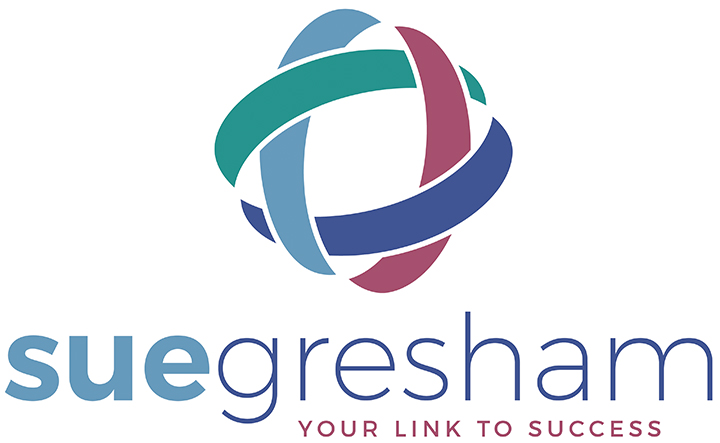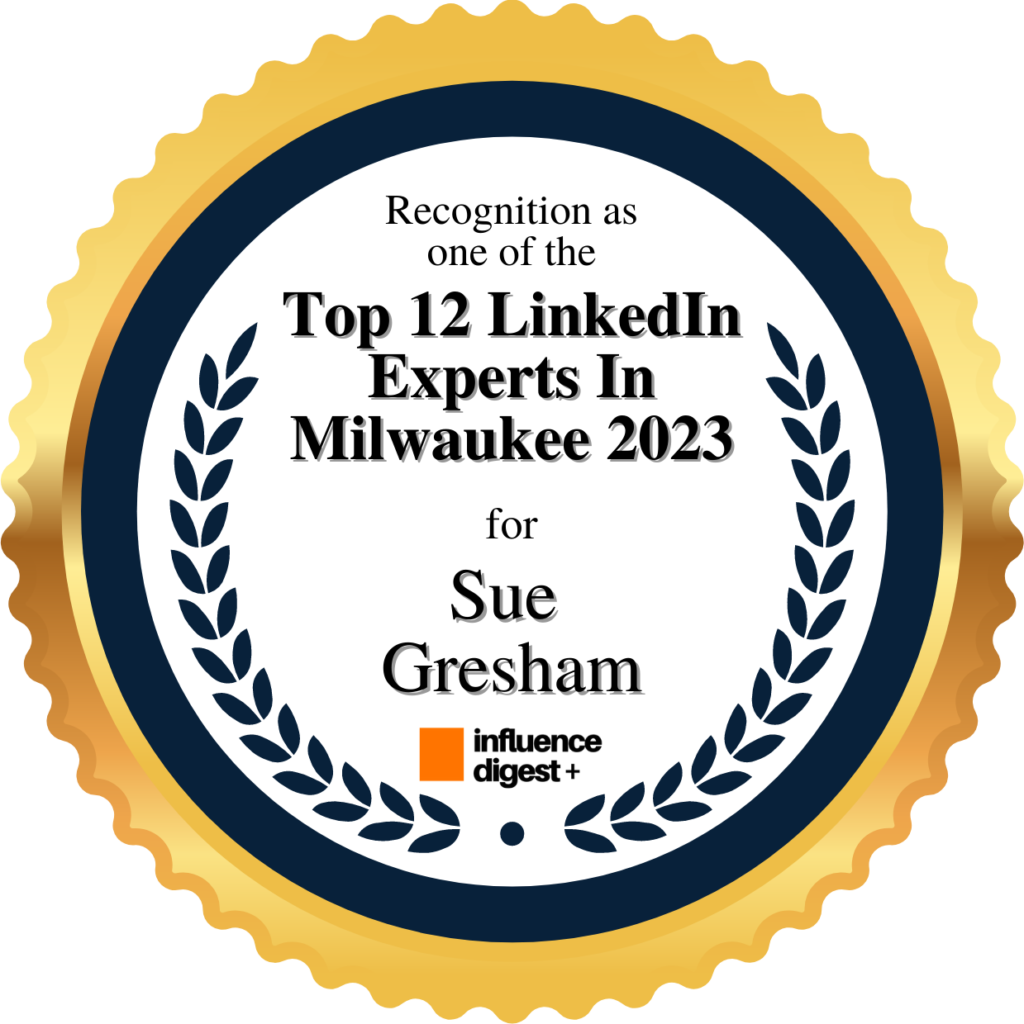How interesting and informative is your LinkedIn profile? Does it explain who you are, what you do, and how you do it? Does the person reading it get the impression you are someone they would want to do business with? It should. In fact, your whole LinkedIn profile is designed with lots of sections where you should demonstrate your knowledge, skills, and experience.
One of the most important profile sections is your Summary section. LinkedIn thinks it’s important too – they just doubled down and made your summary more prominent when they rolled out the revamped introduction (or header) box design.
Think of your summary as the introduction section of a book. A book about you. It tells the reader what you’re all about. Continuing with the book analogy, your experience, skills, education, volunteer, and the other sections become the chapters of the book where you will go into greater detail to support what your summary and headline say about you. It is your value proposition, your branding statement and more.
People who read your profile have questions about you and what you do or they wouldn’t be reading it. They want to get to know you. It’s important to give them what they’re looking for. Don’t make them guess!
So, what should you write?
My first suggestion is to map it out, and of course, create it in a word (or google) document to spell check and read aloud before you copy and paste it into LinkedIn.
Think about your main keywords. Incorporate them into your writing, while keeping a conversational tone. It’s an obvious turnoff when someone is keyword stuffing in order to rank higher in the search algorithm. Do you want to do business with someone who only cares about rankings?
When you’re thinking about what to write here, it’s important to remember that people are reading about you, not about a product in a catalog. Make it interesting. Write in the 1st person and don’t be afraid to show a little personality. Writing in 3rd person sounds too factual and impersonal. I read somewhere that when you write about yourself in a 3rd person narrative you leave the impression that you are distancing yourself from your words and lack credibility. Think about that. Do you want others to think you don’t believe what you say about yourself? Or, do they want to think you’re a character like that Jimmy guy from Seinfeld?
Notice in the picture below that about 300 characters of your summary (including spaces) are visible when someone looks at your profile. That’s about 5 or 6 sentences. Those first words need to be enticing enough to inspire the reader to click “show more”. You have 2,000 characters for your whole summary, so there’s plenty of time and space to build on your first few attention grabbing sentences.

Think about breaking your summary down into sections or topics you want to cover. The order is up to you but here are my recommendations:
1) Start your summary with an interesting statement about who you are, what you do and what problems you solve. Remember, these are the first 300 characters (5-6 sentences) that people will read. Even if you don’t think you are, you are definitely a problem solver. Everyone, in every job solves someone’s problem or they wouldn’t have a job. Be creative here if you need to. If you’re the get-it-done person for an entire department, say it. By putting that out there first, you answer the reader’s “What’s in it for me” question. They know that you’re a doer and might be able to help them if need be.
If you solve multiple problems, you can list a few of them.
Job seekers, this first paragraph would be a great place to talk about your special skills and the problem you will solve for a prospective employer. You can also add a little about what your ideal employer/position looks like to you.
2) The next section can include a little about your experiences that led up to where you are now. Don’t go crazy, here with a long history of your life. Just a few sentences about the really important things that are relevant. If you are in the midst of a major transition from one career or industry to another, this is a great place to tie it all together. Connect the dots for your reader and give them the chance to get to know you a little better.
If you’re in sales or have your own business, this section could be about why you do what you do, or what makes you and your services/products special (different). Keep it brief. You can go into more detail in the current experience description area.
If you feel you want to have a bulleted section of skills or offerings, plug it in here. But not too many.
3) If you have multiple streams of revenue, you can include a brief section about each. Again, connect the dots if you can.
4) I’m a huge fan of adding a paragraph: “In my spare time….” People do business with people that they know, like and trust. And, most people do business with those they have something in common with. If you have hobbies, mention them. If you spend your summer months gardening, say it.
If you volunteer, mention it. By opening up a little bit about yourself, you’re opening the door for future conversations. You never know who will be interested in something you do.
5) You absolutely must include a call-to-action. You want the reader to do something, don’t you? Maybe you want them to go to your website, or send you an email, or sign up for your newsletter. What about just inviting them to connect with you? Whatever it is, be sure you tell them what you want.
6) If you have room, add a short list of your specialties or skills. Years ago, there was an area in your summary titled Specialties. This is a great place to add different keywords and list things that you might not have mentioned in the paragraphs above. And, hashtags are now searchable on LinkedIn so add a couple. For example, my summary lists #linkedintraining.
Please remember, you need to feel comfortable with what is in your summary. If you don’t want to include what you do in your spare time, then don’t. This is your story and your professional brand.
Think of it this way. You want your summary to whet the appetite of the reader so they’ll continue reading the rest of your profile and get to know you better. Your summary should be a strong introduction to your professional story.
Related posts:
Volunteering is Work Experience Too
How to Get More LinkedIn Profile Views
5 Simple Tweaks To Make Your Profile More Inviting

